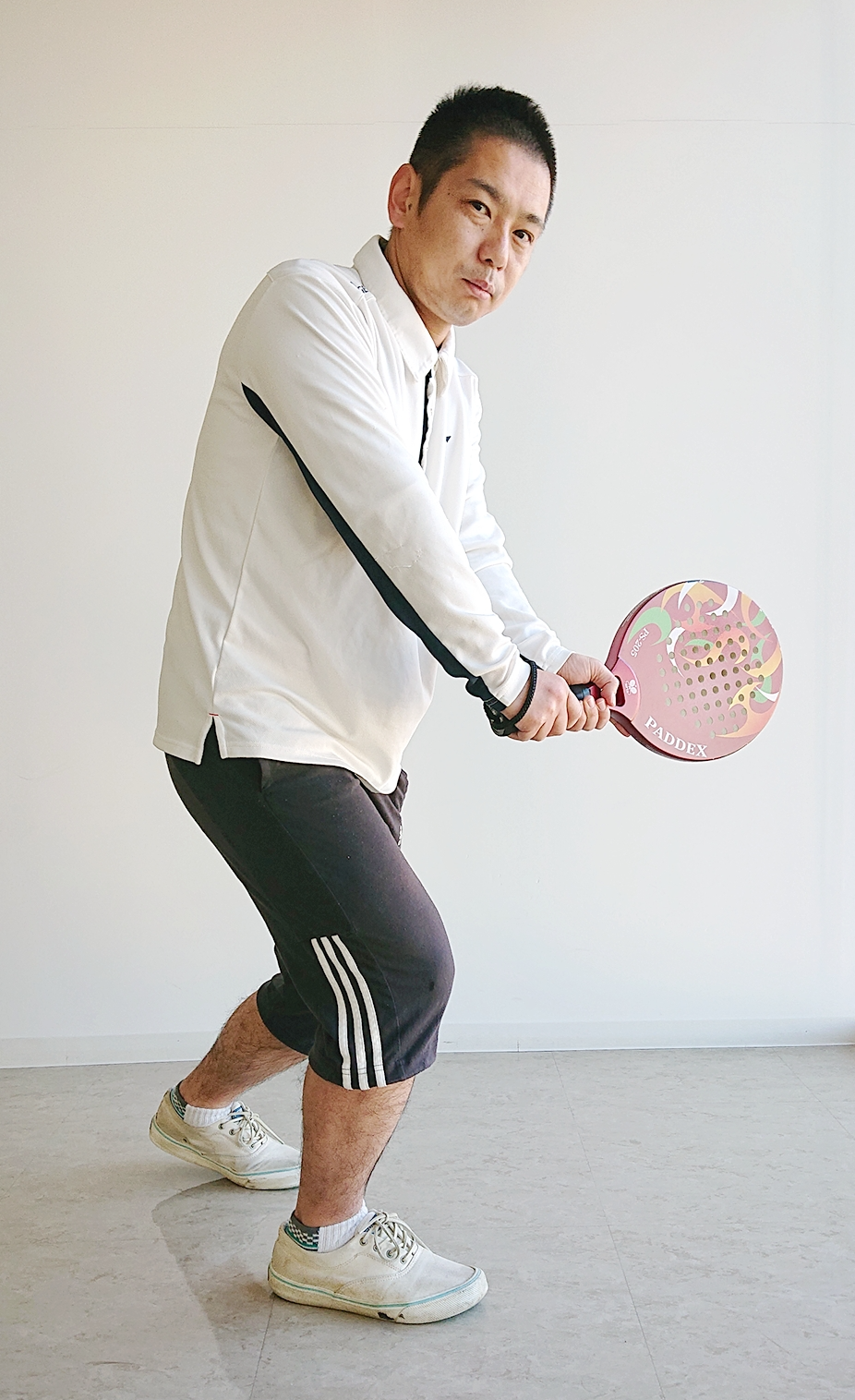Research Contents
Autonomous decentralized systems, where individual elements interact to generate the overall functionality, are widely observed in the natural and social systems. Autonomous decentralized systems have the advantage of being able to adapt flexibly to changes in the surrounding environment and partial failures of the system. I primarily aim to elucidate the principles that connect the ‘individual’ and the ‘whole’ of autonomous decentralized systems through mathematical modeling. Furthermore, based on these principles, I am working to construct a versatile ‘rationally justified’ autonomous decentralized control method that can contribute to the design of new engineering systems.
Attractive Factors of My Research
My field of research is interdisciplinary—at the crossroads between applied mathematics, mathematical biology, physics, control engineering, robotics, biology, medicine, social science, and sport science. The appeal lies in the ability to engage in unique discussions that transcend the boundaries of fields.
Achievement
Two representative research outcomes:
Worm Aggregates Leverage Uneven Terrain to Collectively Move Through Narrow Spaces
https://www.tohoku.ac.jp/en/press/worm_aggregates_leverage_uneven_terrain_to_collectively_move_through_narrow_spaces.html
The small earthworm known as tubificine worms, with a diameter of 0.3 mm and a length of approximately 10-40 mm, often twists its flexible body, with many individuals intertwining to form a clustered mass resembling a ball. This cluster of tubificine worms, seemingly acting as a single organism, dynamically changes shape and moves according to the situation. Through behavioral observation experiments, mathematical modeling, and simulations, we have elucidated the mechanism by which clusters of tubificine worms utilize the unevenness of the ground for movement. This achievement is expected not only to contribute to the understanding of how animal groups navigate through complex uneven terrains but also to pave the way for the realization of new engineering systems where numerous “soft” robots cooperate to function flexibly.
Brittle Stars inspire new generation robots able to adapt to physical damage
https://www.tohoku.ac.jp/en/press/brittle_stars_inspire_new_robots.html
The brittle star is an echinoderm with five flexible arms. Despite lacking a central nervous system akin to a “brain” responsible for advanced information processing and having only a simple nervous system called the radial nerve, brittle stars can promptly coordinate and propel any remaining arms, regardless of their number, after losing some due to attacks by external threats. In this study, based on observations of the behavior of brittle stars with severed arms, we designed a decentralized control rule described by a simple equation: “each arm kicks the ground only when it receives a reactive force from the environment on the direction of progression.” Implementing this control rule in a brittle star-type robot enabled it to adapt and continue moving within seconds even when some arms were intentionally damaged. This accomplishment is anticipated to open the way for the realization of mobile robots that can continue functioning despite partial failures in their bodies.
Major Books and Papers
- D. Owaki, T. Kano, K. Nagasawa, A. Tero, A. Ishiguro, Simple Robot Suggests Physical Interlimb Communication is Essential for Quadruped Walking, Journal of the Royal Society Interface, 10 (2013), 20120669
- T. Kano, R. Yoshizawa, A. Ishiguro, Tegotae-based Decentralised Control Scheme for Autonomous Gait Transition of Snake-like Robots, Bioinpiration & Biomimetics, 12 (2017), 046009
- T. Kano, E. Sato, T. Ono, H. Aonuma, Y. Matsuzaka, A. Ishiguro, A Brittle Star-like Robot Capable of Immediately Adapting to Unexpected Physical Damage, Royal Society Open Science, 4 (2017), 171200
- T. Kano, K. Yasui, T. Mikami, M. Asally, A. Ishiguro, An Agent-based Model of the Interrelation between the COVID-19 Outbreak and Economic Activities, Proceedings of the Royal Society A, 477 (2021), 20200604
- T. Kano, T. Kanno, T. Mikami, A. Ishiguro, Active-sensing-based Decentralized Control of Autonomous Mobile Agents for Quick and Smooth Collision Avoidance, Frontiers in Robotics and AI 9, (2022), 992716
- R. Thandiackal, K. Melo, L. Paez, J. Herault, T. Kano, K. Akiyama, F. Boyer, D. Ryczko, A. Ishiguro, A. J. Ijspeert, Emergence of Robust Self-Organized Undulatory Swimming Based on Local Hydrodynamic Force Sensing, Science Robotics, 6 (2021), eabf6354
- T. Mikami, D. Wakita, R. Kobayashi, A. Ishiguro, T. Kano, Elongating, Entwining, and Dragging: Mechanism for Adaptive Locomotion of Tubificine Worm Blobs in a Confined Environment, Frontiers in Neurorobotics, 17 (2023), 1207374

